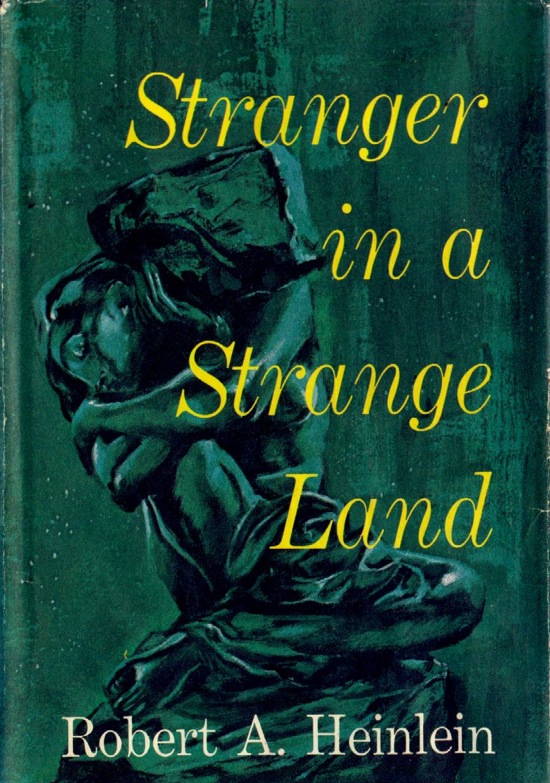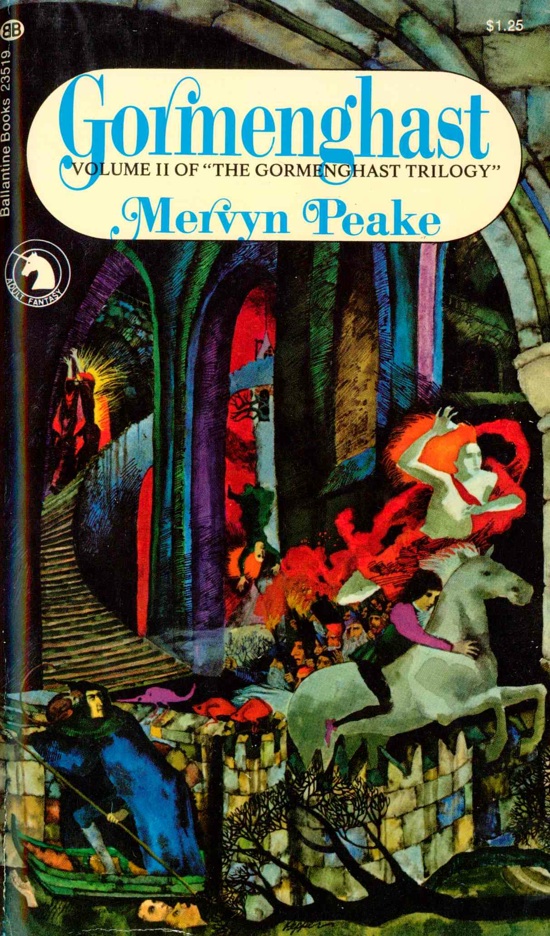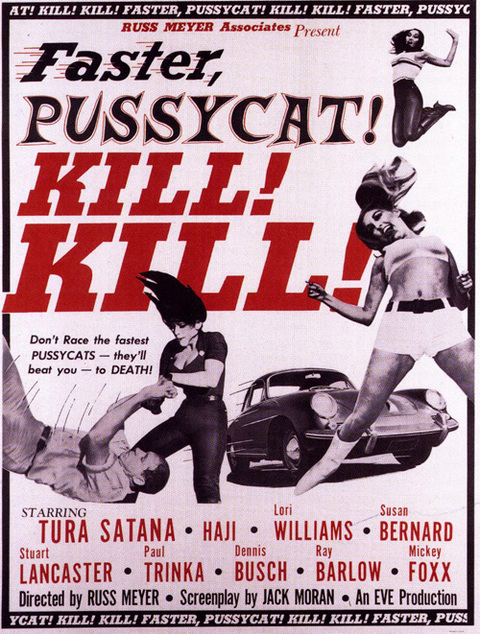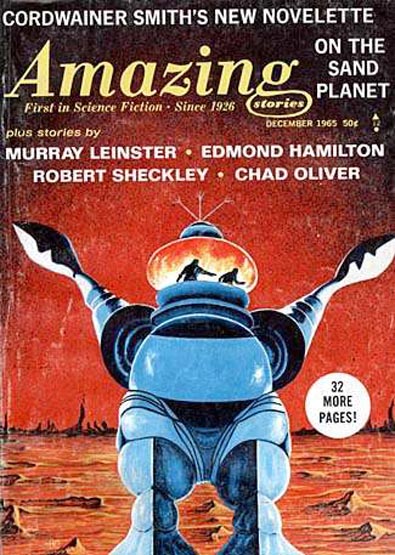Hilo Heroes, July 5-11
By:
July 5, 2009
HAPPY BIRTHDAY, this week, to the following high-, low-, no-, and hilobrow heroes. Click here for more HiLo Hero birthdays.

It seems impossible that the various identities — Prince Rakeem, Bobby Digital, RZArecta, The Abbot, Ruler Zig-Zag-Zig Allah — of rapper, producer, and film scorer RZA (Robert Fitzgerald Diggs, born 1969) form a coherent whole; and that his corporatism, Supreme Mathematics, kung-fu fetishism, and finely honed musical integrity exist simultaneously. But he makes it look easy. Not since P.T. Barnum has anyone internalized the lessons of American capitalism as fully — even though RZA’s attempts to attract the best Ivy League talent were sometimes derailed because the talent was afraid of getting punched in the face. When Chappelle’s Show joked about Wu-Tang Financial (“Smith Barney? Buncha bitches”), it was the ring of truth that made the skit; a world with Wu-Tang Financial was easily imaginable. Yet his spin-offs of the Wu brand into a universe of Wu products, the layered complexity of his corporate schemes, have always existed in parallel with the genius of his artistic vision. They converge at some point near infinity that only RZA can see. — Tom Nealon

Kurt Weill settled into a successful Broadway career after escaping Nazi Germany, but the American soujourn of Brecht’s other major Weimar-era musical collaborator did not end so fortunately. HANNS EISLER (1898-1962) set his Schoenberg-trained hand to scoring high-quality (but hardly radical) fare by such fellow emigres as Fritz Lang (Hangmen Also Die) and Douglas Sirk (A Scandal of Paris , with Carole Landis’s scorching performance of Eisler’s “Song of the Flame”), as well as penning the still-fascinating treatise Composing for the Films with T.W. Adorno. One of the first artists called before HUAC, which labeled him “the Karl Marx of Music,” Eisler was hounded out of the U.S. less for his own political activities than for those of his brother Gerhart, a notorious Communist Party bagman. Back in Berlin, he continued to work with Brecht and composed the East German national anthem — but also spoke out against state censorship of jazz and atonal music. English-language recordings of Eisler’s agit-lieder are hard to come by, though Dresden Dolls’ Amanda Palmer and even Sting have essayed individual songs; Dagmar Krause’s 1986 all-Eisler album Tank Battles isn’t for purists, but it’s an excellent way in for curious art-rockers. — Franklin Bruno

The biography of ROBERT A. HEINLEIN (1907-88) firmly places Golden-Age SF on the grand continuum of Americana: the no-nonsense engineer’s mentality of his Kansas City upbringing, his longing for military service (he graduated from the US Naval Academy but was retired for sickliness in ’34), his brief and failed political career, his dabbling with Hollywood. Critics might accuse him of flirtation with fascism, but the Heinlein who reached me as a kid was not the Boy Scout-like anticommunist of Starship Troopers (1959) but the dirty old man of The Number of The Beast (1980). Heinlein gave us two of our most prominent SF tropes: space travel as Naval metaphor, and sexy SF-for-adults. Without Heinlein, there would be no Star Trek with its studly Kirk and Starfleet Academy, no Battlestar Galactica with its sexualized androids and submarine-movie conventions. And, of course, no Omni. — Jason Grote

For a good chunk of the 1940s, the R&B chart (or the “race records” chart, as Billboard called it then) might just as well have been called the LOUIS JORDAN (1908-75) chart: he scored hit after hit after hit, and “Choo Choo Ch’Boogie” was stapled to the top of the chart for 18 weeks. Jordan was a great entertainer: a vocalist, saxophonist and bandleader who basically invented rhythm and blues as it was known for the next couple of decades. Watch any of the “soundies” he filmed to promote his songs, and you’ll see a performer who will do whatever it takes to keep the audience’s eyes on him. The same went for their ears: the Tympany Five’s arrangements rarely let more than a few seconds pass without some smart little instrumental gesture. And he might have been the funniest pop singer of a century that wasn’t short of funny pop singers, because he was drawn to jokes that cut deep. “(You Dyed Your Hair) Chartreuse” is still a rib-tickler now, but “Jack, You’re Dead” and “That Chick’s Too Young to Fry” tickle ribs on the way to breaking them. — Douglas Wolk

The castle of consciousness, turret and coign,
too huge for the human head,
where stalk the battlements, robed and forbidding,
the super-intelligent dead,
has terrible deeps and horrible heights,
and walls that are wondrous thick,
but can be displaced or dissolved, nonetheless,
by a couple of drinks, or a brick.
Or an illness. Biographies of the great MERVYN PEAKE (1911-68) make damned depressing reading. His work — as an illustrator, as a poet, as the author of the Gormenghast trilogy — was extraordinary, but it found no home in his time. Gentle, elegant, but with the architectural mass of Gormenghast installed at an unearthly pressure inside his brain, Peake moved rather spectrally through postwar literary London, always working, always needing work, trying his hand at this and that until a disastrous foray into theatre (a play called The Wit To Woo) triggered neurological chaos — he read the tepid-to-poor reviews, and the little symptoms which had been bothering him for months suddenly massed and overwhelmed him. Parkinson’s Disease. Which of course happens to plenty of people who don’t write books or do drawings, but which in Peake’s case had a ready-made poignancy: the brilliant draughtsman was undone by the trembling hand, and the lovely man withdrew further and further until he echoed his own creation, the Earl of Groan, burning-eyed and all alone in an owl-haunted tower. — poem and writeup by James Parker

Clad in a leather jumpsuit, tiny waist offset by enormous bosom, her performance in Russ Meyer’s Faster Pussycat! Kill! Kill! (1965) transformed what could have been a run-of-the-mill B-movie into a parable of female power — and sealed her place in the pantheon of pop culture. But the story of TURA SATANA (born 1938) is far more compelling than any low-budget creation. She survived internment at Manzanar, a brutal rape, and a stint in reform school all before her mid-teens. Shortly thereafter Satana made her first appearance on the burlesque stage, where she was frequently billed as “Miss Japan Beautiful.” A chance encounter in Biloxi gave her the opportunity to teach martial arts — and more — to a young Elvis Presley. About her Faster Pussycat role as the man-killing go-go dancer Varla, Satana once remarked that “I took a lot of my anger that had been stored inside of me for many years and let it loose.” — Lynn Peril

Set like jewels within a vast diadem of a single future history, the SF stories and solitary novel penned by CORDWAINER SMITH (1913-66) in the ’50s and early ’60s transcend the American pulps in both style and substance. Formally, they slip and slide like wry Orientalist fables (in real life, Smith was an army intelligence officer and East Asian expert named Paul Linebarger). Thematically, Smith explored the inner landscapes opened up by postwar mind science. A line can certainly be traced between Psychological Warfare, a classic military text that Linebarger published in 1948, and Smith’s widely praised 1950 story “Scanners Live in Vain,” in which interstellar pilots neurologically zombify themselves in order to withstand the “Great Pain of Space.” Like Philip K. Dick, Smith’s psychological concerns bloomed into religious ones, and the post-human nostalgia and liberation theology of some of his tales, partly rooted in his deepening Anglican faith, hold up a hard mirror to the simultaneous shattering and retrenchment of the religious imagination that characterizes our days. — Erik Davis
